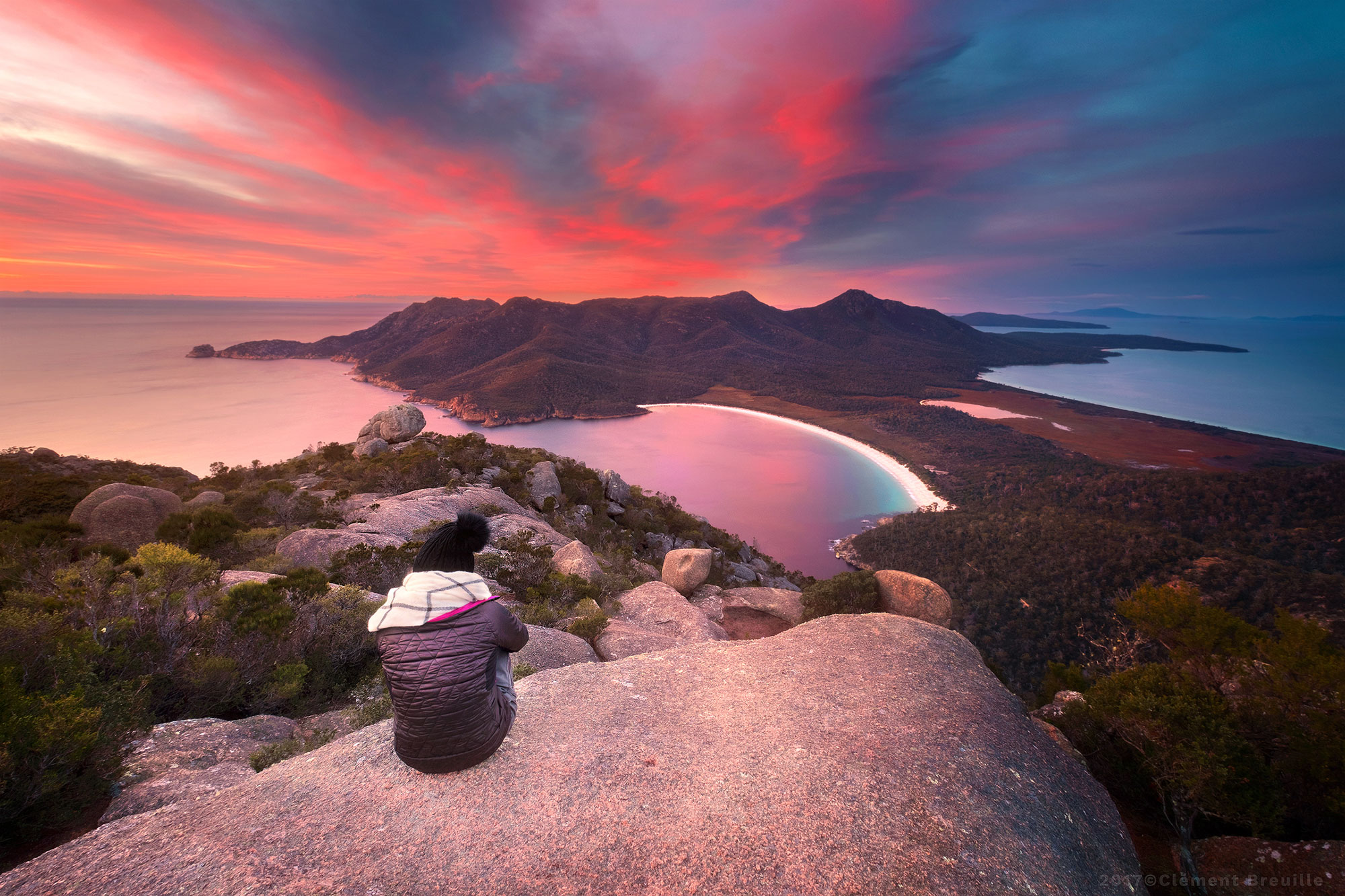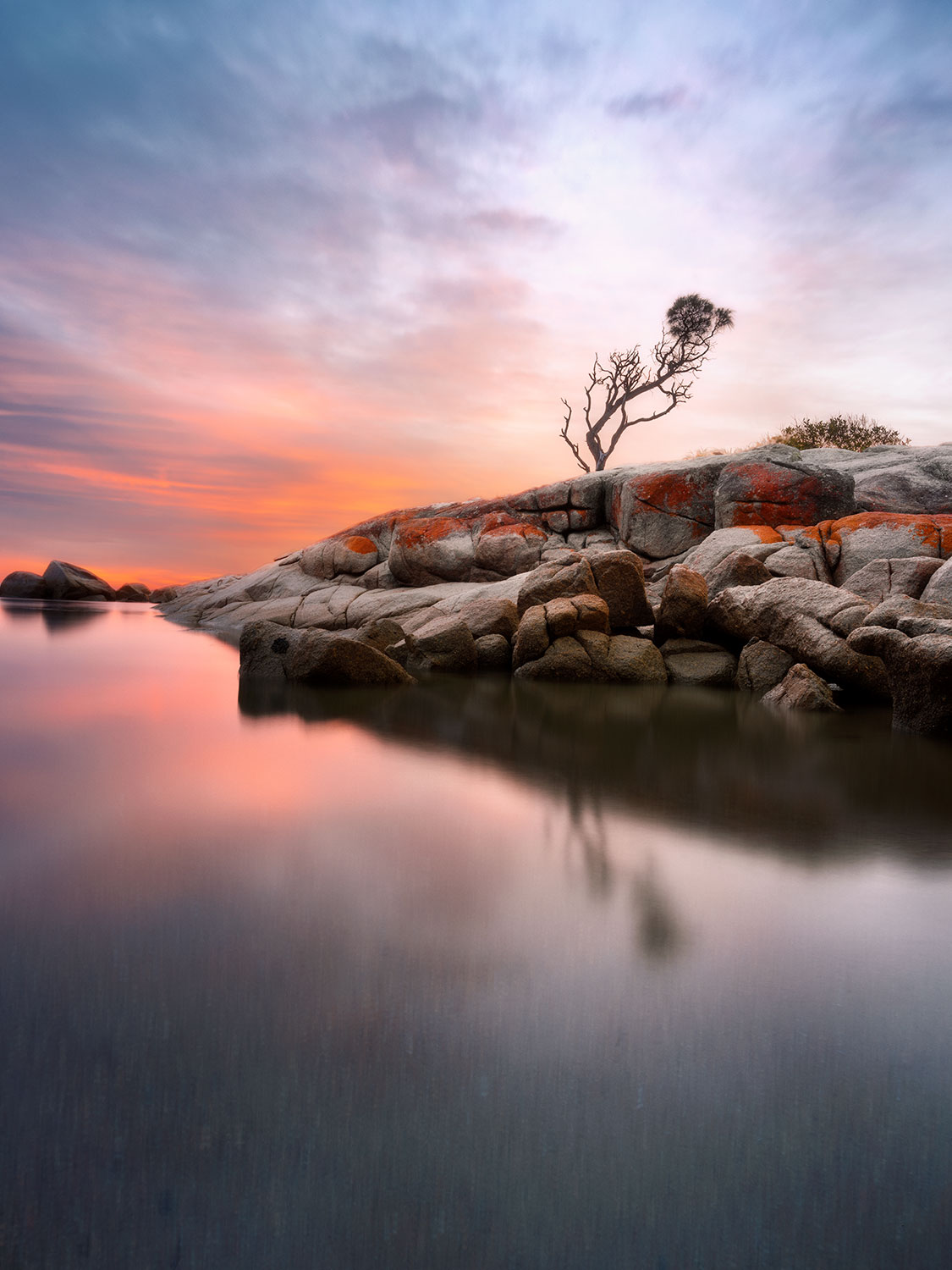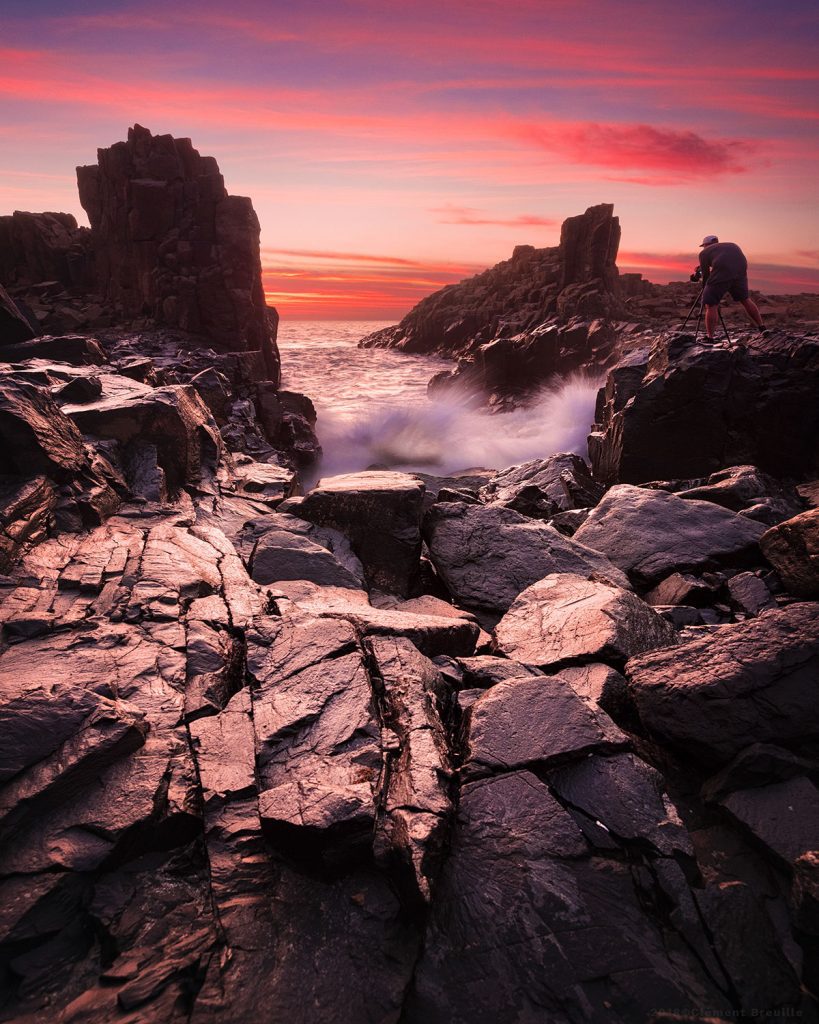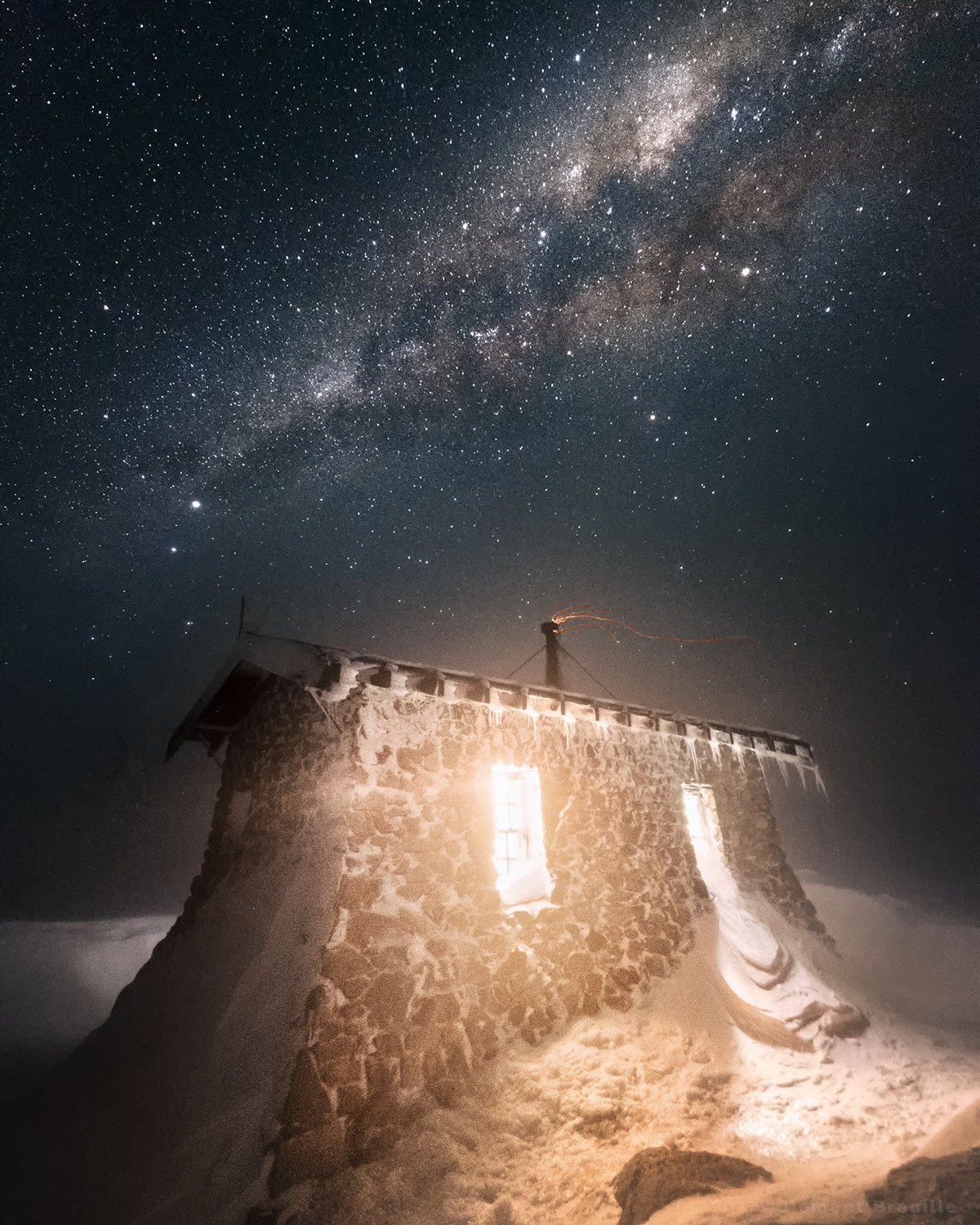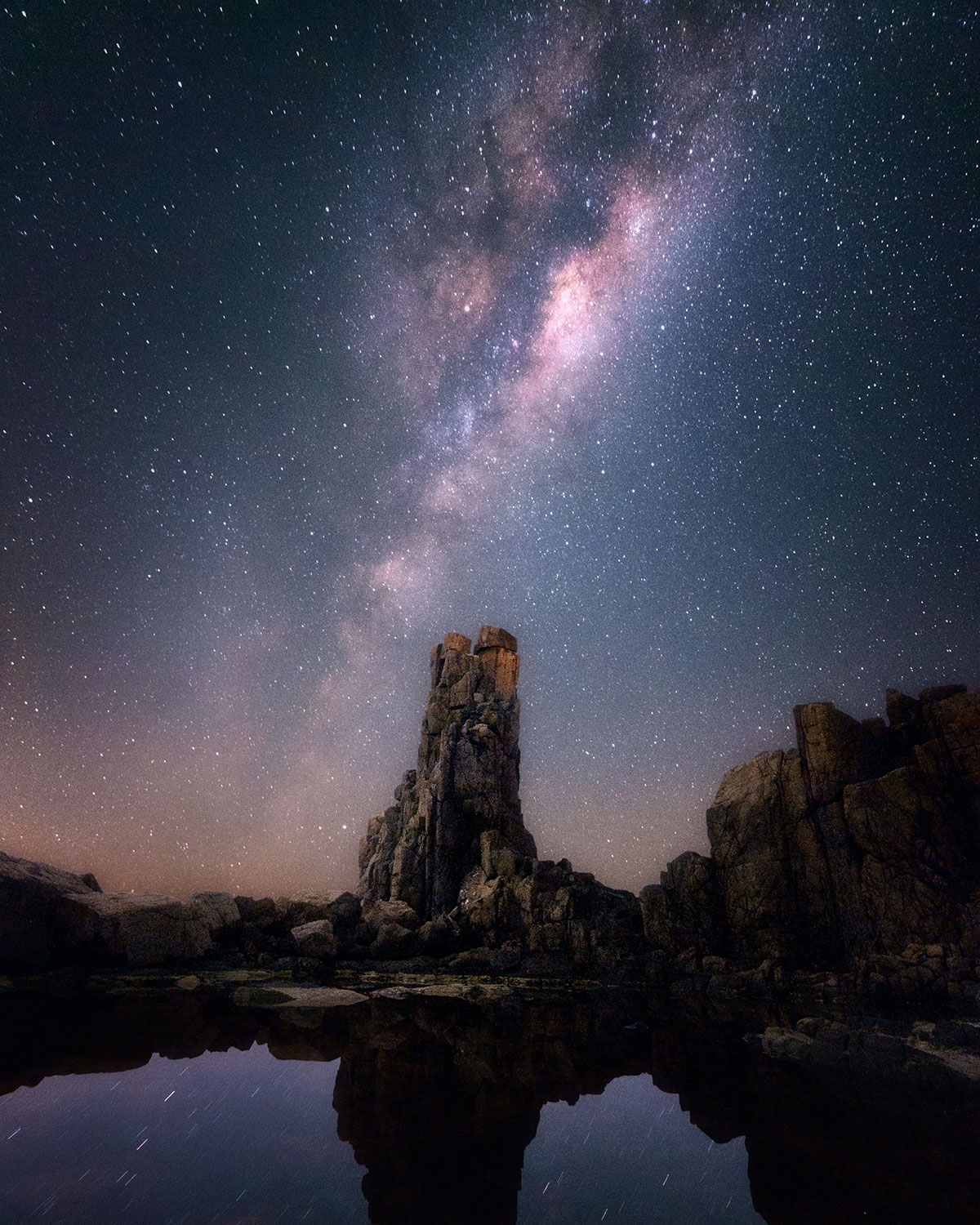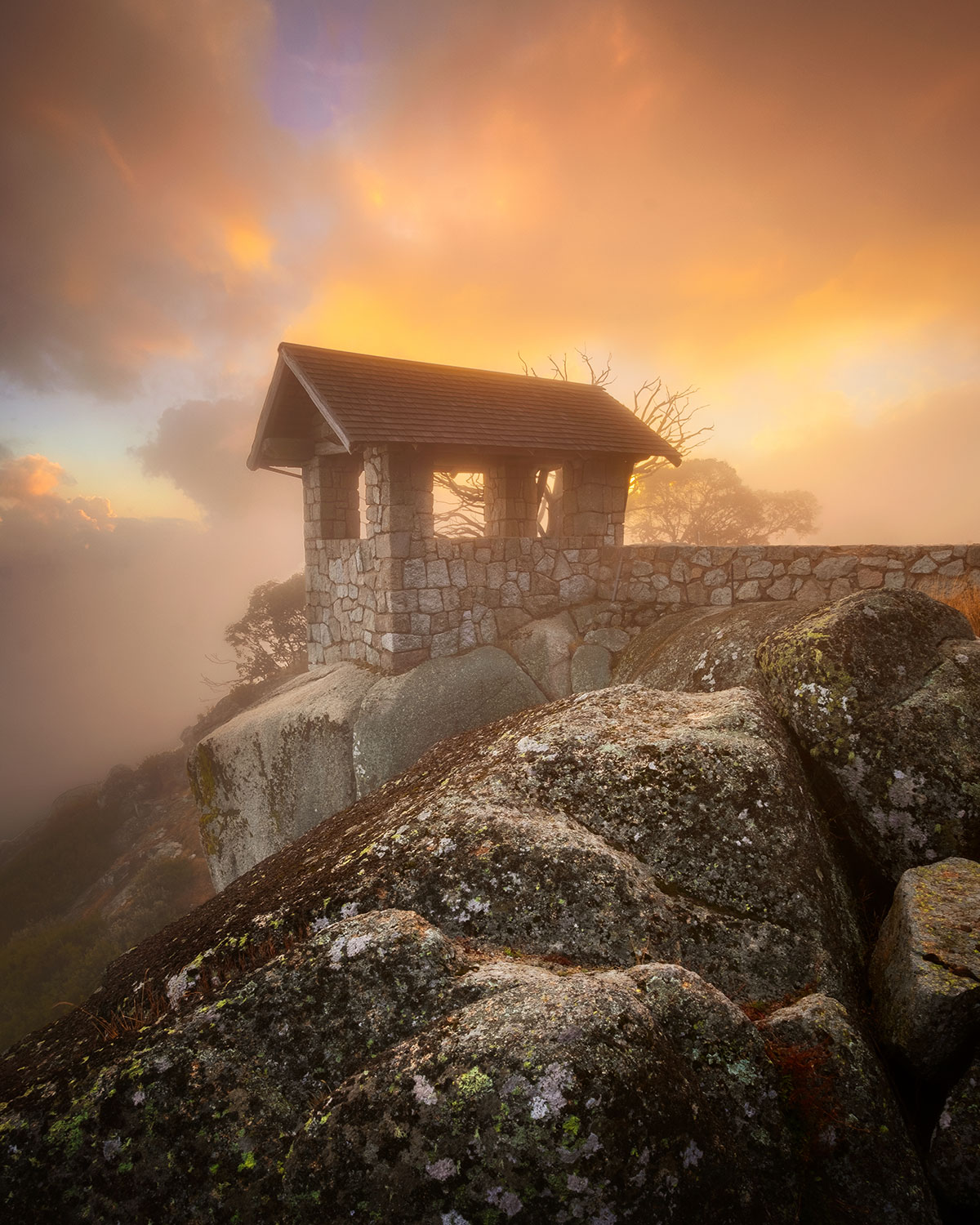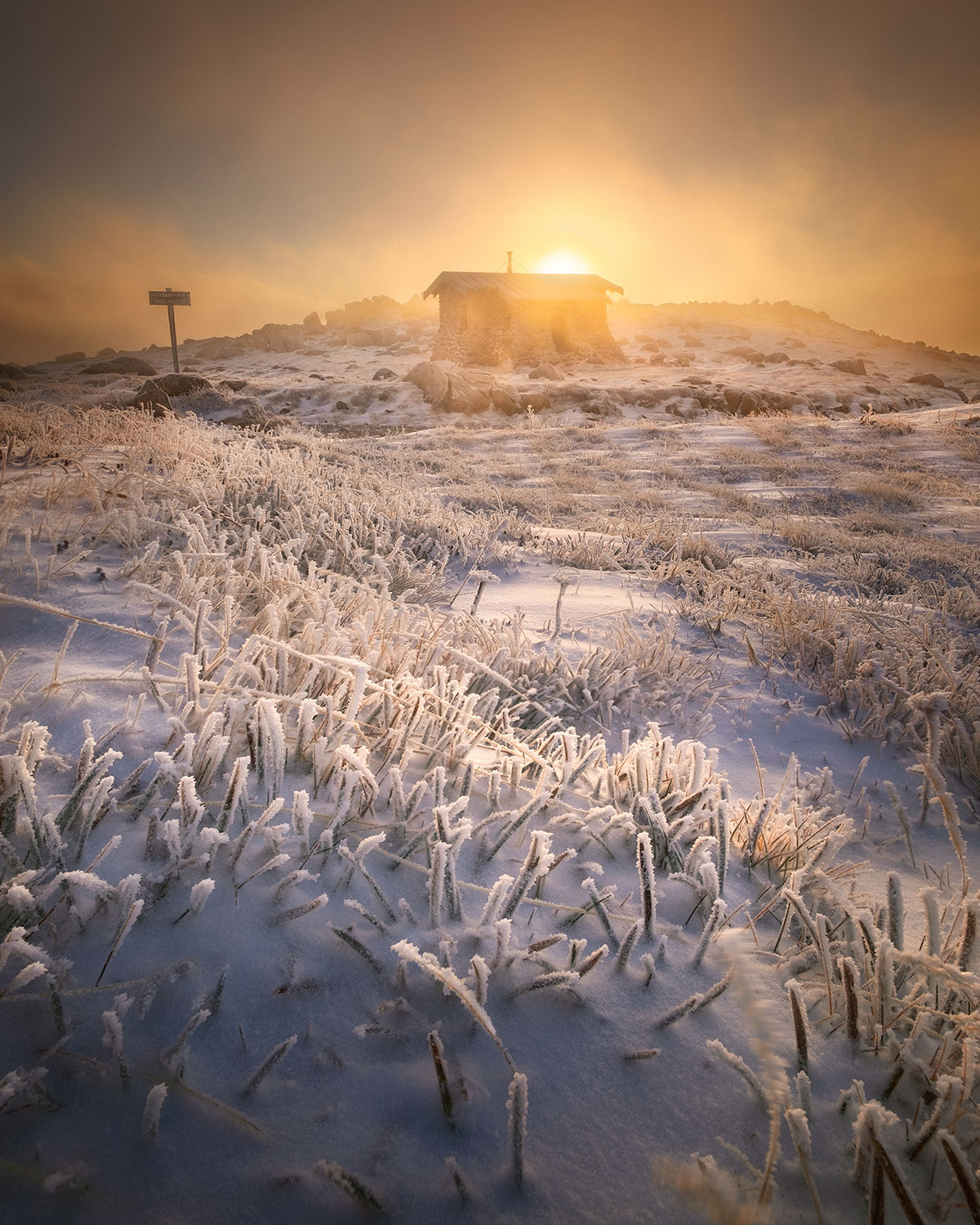Premium/ A designer approach to landscape photography
Landscape photography can be one of the most straightforward genres for a photographer to get started, but to master it, requires a lot of hard work, continuous learning and persistence.
In this interview with landscape photographer Clement Breuille, we asked him everything you might want to know. From how he finds new locations for shooting, to equipment, accessories, settings and all the tips he can share on how to get “that photo”.
Could you please introduce yourself to the readers?
My name is Clement Breuille, I’m a 26 years old French Product designer based in Sydney since now 3 years. I grew up and lived in France for most of my life in a city called Nantes, where I’ve graduate from 2 masters, the main one in Interaction design at L’École de Design Nantes Atlantiques (https://en.lecolededesign.com/), the second one in Project management at l’Universite de Nantes (www.univ-nantes.fr).
I’ve started photography about 2 years ago when I purchased my first camera, a Fujifilm X-Pro2, and found my main photographic subject almost straight away: Landscape photography.
What is the philosophy behind your images? Do you have a preconceived image in mind when you’re heading to a certain location?
Landscape photography is a good excuse for me to explore and challenge myself.
I love hiking for hours to remote places; far away from the crowd and discover the beauty that our world have to offer. It’s not all about the image, I value more the experience to get the shot over getting the best light. That unique feeling to be just you, your camera and a good bunch of people in an awesome location is for me the most important.
But of course we all hope for the best, and get the best image possible.
And for that there’s only one rule: Preparation. I will never start a journey without doing some research, especially when this one involve several hours of hike, camping, etc.
It’s really important to prepare the right gears, know what you need and most importantly, what you won’t need to make sure you’ll get the perfect time and image.
How do you scout locations with potential interest from places you haven’t visited yet, without actually going there?
We live in a beautiful age where technology is omnipresent, and this is definitely a big plus when it comes to research; where you can find inspiration via social media but also scouting new locations while staying at home.
My research process start on internet / social media (500px, Flickr, Instagram, etc…) This allow me to find images of reference, but also get in touch and connect with the locals or people that have already been there.
Landscape photography is a small community, and end of the day we all share the same passion, so why not using this to our advantage?
All the photographers that I’ve been talking to have always been keen to share valuable informations such as where to park, when to go, what you need to be careful of etc…
When it comes to exploring new locations where I haven’t been able to find enough information, I’ll use some tools like Google earth to understand the topography of the site, and on top of that I’ll cross those research with some apps like @Photopills which are able to predict where the light will be at a specific date.
Finding the perfect spot with the right weather is the result of a bit of luck and a lot of hard work. What was the most magical scene you’ve shot, and have you been pleasantly surprised by a location you had low expectations of?
This image is issue from my latest trip where I flew to the Great Ocean Road and drove back to Sydney via the Snowy mountains. I left the Great Ocean Road early in the morning in direction of Melbourne, where I jumped on @travel_in_pixels (David Boon) car. We hit the road after an early lunch in direction of Mount Buffalo.
5hrs later we were at the entrance of the National park, and the sun about to set.
As we were driving to the top of it, we were getting deeper and deeper in the clouds and the visibility was literally nul.
After almost 10 hours of driving in one day, it was a massive deception to miss the sunset as we’ve underestimate the distance plus the hike to the summit.
But because of my research, I’ve located an other spot where no hikes was involved, which was basically our only back up with the time remaining. Decision made, we were going for the safe option.
Once there, we got out of the car. The condition were miserable: close to 0 degrees, really windy and couldn’t see anything further than 5 meters.
We still took out the cameras and start shooting, and this is where the magic happened.
Coming out of nowhere the light went through the fog, and light up the all scene.We were literally in the clouds surrounded by those amazing tones. Of course this is definitely luck… but you’ll never be lucky by staying home.
This is definitely one of the main lesson I’ve learn with landscape photography.
It’s tiring, it’s a lot of work & research, it’s also mostly based on luck sometime, but if you don’t provocate that luck you’ll never have anything out of it.
Looking at the most popular trends currently on Instagram, in your opinion how far it is necessary to include the human element in any landscape?
CONTINUE READING…
Only for Premium Subscribers!
To access these articles you must be a PREMIUM subscriber to Fuji X Passion.
SUBSCRIBE NOW and get instant access to all Premium articles, all prior and upcoming magazines, all special editions, all previous videos, discounts and offers. If you are seeking relevant information about this camera system, or useful tips from photographers using the Fuji X system, this is the most valuable place for you.
BASIC Plan subscriber? Upgrade to PREMIUM!
- Access your account HERE and sign in with your email address and password as always
- In this step click the ‘Subscriptions’ tab and then ‘Change plan’
- Now you can change from the BASIC plan to the new PREMIUM PLAN
- Finally, the system will only apply a proportional value to the remaining charge and change the plan immediately.
Already a Premium Subscriber?

